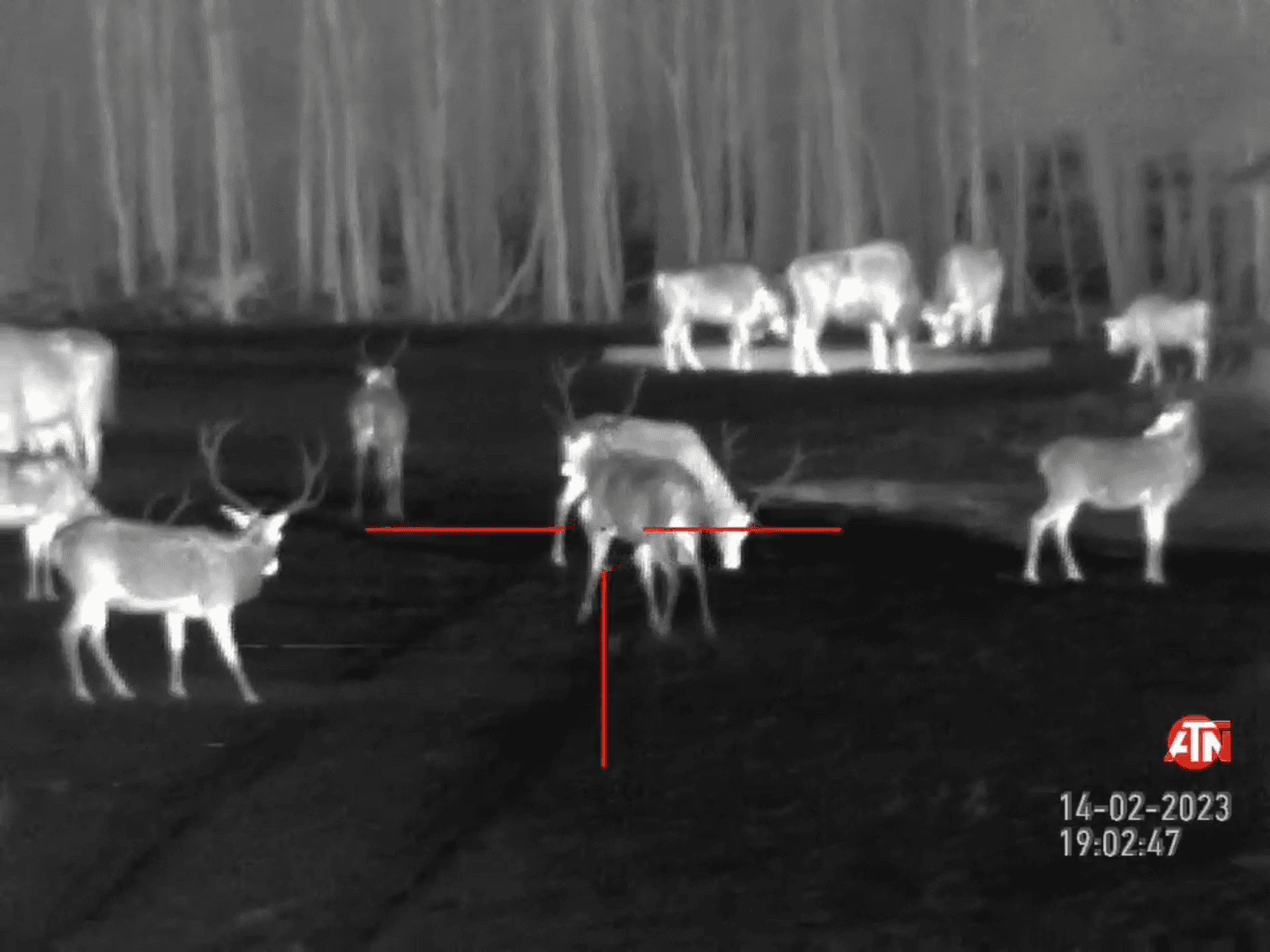
Eva Shockey — female hunter, blogger, and opinion leader in the world of ethical hunting Eva Shockey Brent is one of the most influential women in the hunting world. She became the first woman in 30 years to appear on the cover of the legendary Field & Stream magazine (before her, only Queen Elizabeth II had been honored with this distinction). A Canadian by birth, Eva accompanied her father, TV presenter and professional hunter Jim Shockey, on expeditions around the world from a young age. She later joined him as co-host of the popular hunting TV show Jim Shockey's Hunting Adventures. Outdoor lifestyle and a woman's perspective on hunting The content Eva creates is an inspiring combination of wildlife, family values, and personal philosophy. She shares her hunting trips, everyday life on the farm, game recipes, and stories about life with her husband and two children. Her blog is not just about hunting. It is about a lifestyle that values self-sufficiency, respect for nature, and the beauty of everyday outdoor life. Ethical hunting and the field-to-table philosophy Eva Shockey promotes the concept of ethical hunting — a responsible and conscious approach to hunting. In her articles, hunting is not reduced to trophies. It is a deep connection with nature, respect for the animal world, and sustainable consumption practices. She popularizes field-to-table cooking, preparing dishes from her own catch. Her recipes feature venison, duck, and turkey — all hunted with precision and honor. Women in hunting: a new reality Eva has become a symbol of change in the world of hunting, traditionally considered a male domain. She breaks stereotypes, proving that a female hunter is a force of strength, precision, knowledge, and confidence. Thousands of girls are inspired by her example and are starting their journey in hunting — with a bow, crossbow, or rifle. Personal brand, blog, and entrepreneurship Eva is the author of the inspiring book Taking Aim, founder of the Eva & Co brand, and participant in national campaigns for giants such as Cabela's, Under Armour, and Bowtech. Her projects combine hunting, fashion, and outdoor lifestyle into a single direction capable of competing with the big content industry. Why Eva Shockey is more than just a blogger Eva Shockey Brent is an opinion leader in the fields of hunting, sustainable living, and female influence in traditionally male-dominated industries. Her story is a journey in which hunting becomes part of culture, women become leaders, and nature becomes an ever-present teacher. photo from instagram (562k followers): @evashockey
Post: 10 June 18:32














































